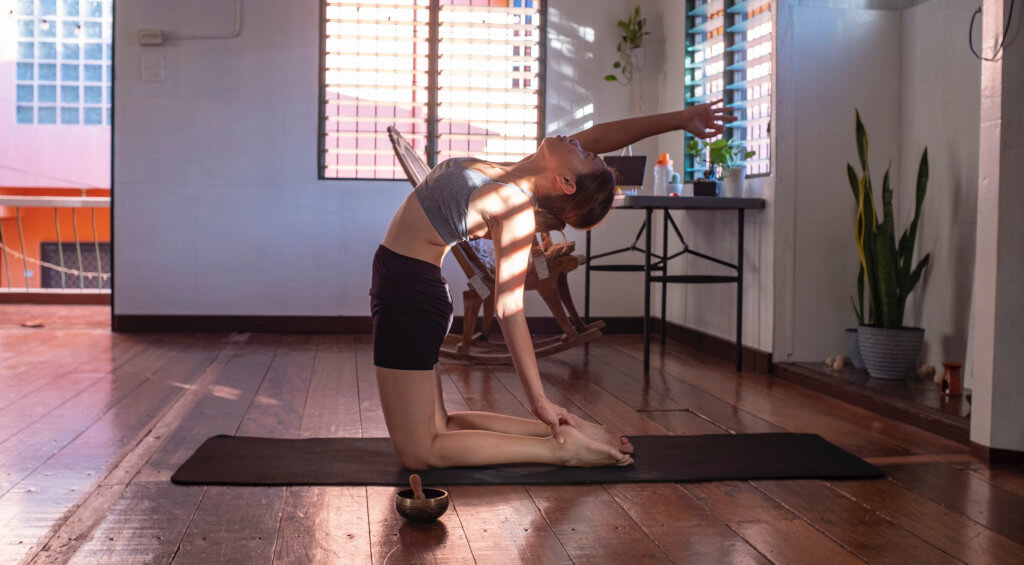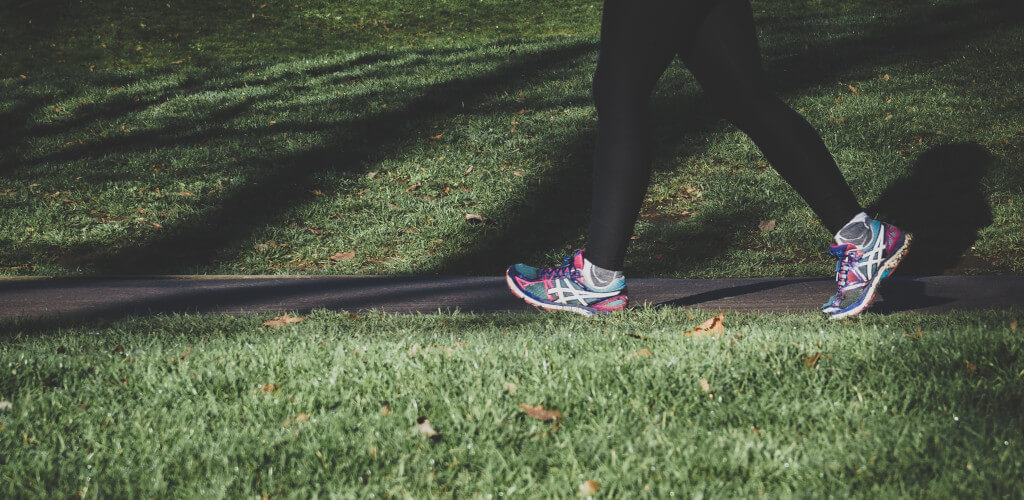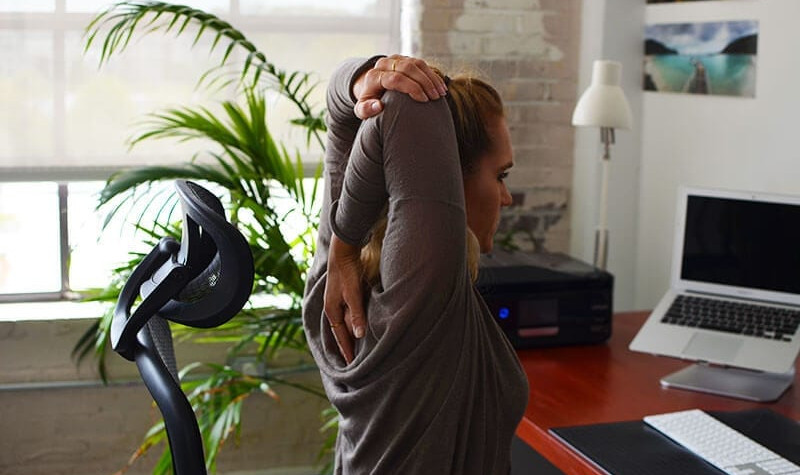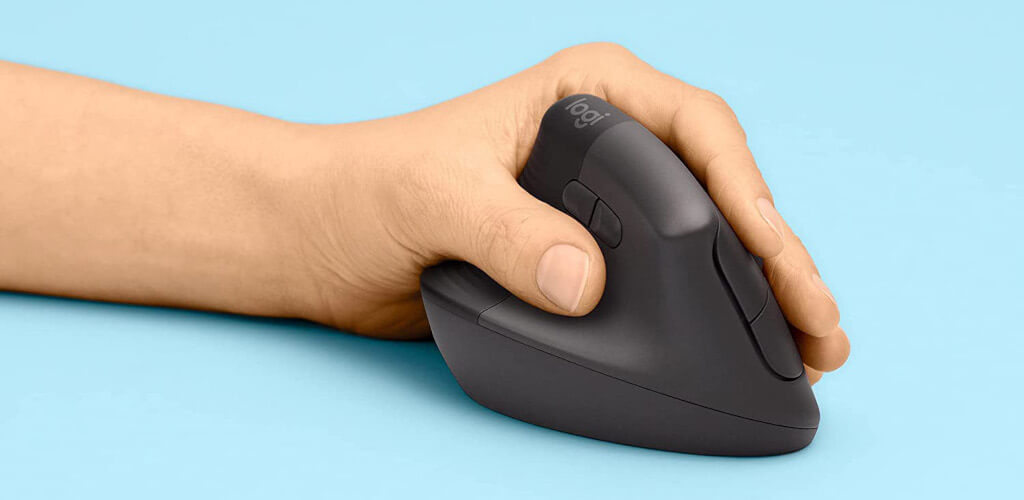How to Stay Active While Working From Home
Is Sitting the New Smoking?
Working from home has gone from a niche segment of the workforce to a universal experience.
But working from home for several hours a day with the wrong setup and bad habits can result in all sorts of physical and mental issues. From carpal tunnel syndrome to aching backs, procrastination and much worse over the long-term.
James Levine, a professor of medicine at the Mayo Clinic stated that “sitting is the new smoking”. He went on to say that “[s]itting is more dangerous than smoking, kills more people than HIV and is more treacherous than parachuting. We are sitting ourselves to death.”
Thankfully there are things you can do daily to make working from home much more enjoyable, healthy, and sustainable.
Here are our top tips for staying active and healthy when working from home.
Set the Tone for the Day
Having a good morning routine sets you up for a healthy, productive, and focused day. Think of it as setting the tone for the day. Incorporating some physical activity into your morning routine will reduce resistance later on in the day. This will make it more likely you’ll follow through on your exercise goals.
You don’t have to do a full-on 30 minute workout as soon as you open your eyes though. Even doing something as simple as 10 pushups or 20 squats can be enough to get the blood flowing and awaken the mind. Going outside for a brisk walk is also a great way to start the day. What is something that energises you every morning? Start with that and build from there over time.
Once you’re into your work day, how do you make sure your energy levels don’t plummet and end the day feeling 20 years older than you are?
Move, move, move!

The most important thing to do throughout the day is simple: get up and move around. It’s not natural to sit down for 4, 6, 8, even 10 hours a day. Indeed, sitting down this long can lead to health problems. Our bodies were made to move.
According to The Mayo Clinic, an analysis of 13 studies of sitting time and activity levels found that those who sat for more than eight hours a day with no physical activity had a risk of dying similar to the risks of dying posed by obesity and smoking. However, the same analysis found that 60 to 75 minutes of moderately intense physical activity a day countered the effects of too much sitting.
That 60 to 75 minutes doesn’t have to be all at once though. It could mean taking a 20 minute walk 3 times a day. It could mean doing 5-10 minutes of light exercise every hour. No matter which option you choose, try to be intentional about it and schedule exercise and physical activity into your day.
You should aim to get up from your desk and move around every hour at a minimum. Set a timer to remind yourself. A 5-10 minute break where you stretch and do some exercise can do wonders for your body and maintain energy levels. An example of this could be 20 squats, 10 pushups, and a 1 minute plank on every work break or every second work break. Or you could follow a home workout on Youtube or use an app such as the 7 minute workout app.

Get outside and go for a walk 2-3 times a day. Not only is this good from a movement and physical activity point of view, but you’re getting sunlight and a change of scenery which reduces stress, boosts creativity, and can even help you sleep better. Riding a bicycle is another great alternative. If you’re especially busy, you could take some calls while doing a walk.
If you’re having one of those days where everything is urgent and you can’t get away from the desk, you can get in a surprisingly good workout at your desk if you get creative. It even has a name – deskercise!

Start with leg lifts as these are great for stretching out the back of your legs and lower back, while tightening and strengthening your abs. From there you can do all sorts of stretches, bicep curls with a bottle of water or other weighty object, and you can even use your desk and chair as improvised gym equipment. If you have a large gym ball switch it with your chair as this is one of the best things you could do for your core and back. Here’s a handy visual guide to deskercise: https://time.com/4019563/exercise-work-desk/
Invest in Ergonomics
If sitting down all day can lead to negative health consequences, sitting down all day in an unsupportive chair is a recipe for disaster! So start with what you sit on. Invest in an ergonomic chair, or a standup desk. When you’re spending so much time working from home, any improvements in your workspace will really pay off. Other ways you can make your workspace more ergonomic are with ergonomic keyboards, mouses, laptop stands or an under desk pedal machine.
Here are a few rules for setting up your workspace:
- A surface high enough to work with your elbows at a 90-degree angle;
- A good quality, supportive, and adjustable office chair;
- A monitor at eye level (you can raise it up on a support or a stack of books);
- A separate mouse and keyboard if you’re using a laptop;
- You could even consider an ergonomic vertical mouse, as this keeps your hands in a more natural “handshake position” with less stress on your muscles compared to regular mouse holding position.

Adjustable desks that allow you to work either standing or sitting are a great option. While you’re standing, rest one foot on a block or box that’s about the height of a step. That will balance your weight so that you don’t tilt your hips. Switch feet regularly, when your body tells you it’s time.
Other tips that make success more likely
Get an accountability partner. When you have someone or a group to keep you accountable, it’s much more likely you’ll stick to your exercise targets plus it’s more fun too.
Don’t work where you sleep and don’t eat at the computer if you can help it. Make sure you have a dedicated work area that’s ONLY for working. Multi-purpose spaces often ends up leading to average performance for each purpose – eg. working next to your bed will ensure that both your work and your sleep suffers.
Eat healthy. Eating healthy improves your energy and your productivity as well as vastly improving your long-term health. You’re much more likely to get up and be physically active when you feel energised.

Finally, don’t forget to drink plenty of water. This will force you to get up and go to the bathroom regularly so even on a particularly busy day you’ll at least get up and move around every hour or two. There are of course plenty of other health benefits such as staying hydrated, flushing out toxins, and maintaining energy levels.
We hope these tips will help you stay more active throughout your work days at home so you can work pain-free, feel good and make working.
The team at a2z Health Group

Michael graduated with a Bachelor of Physiotherapy from Melbourne University. Since then, he has had over 21 years of experience as a physiotherapist and is also a qualified D.M.A. Clinical Pilates Practitioner.
